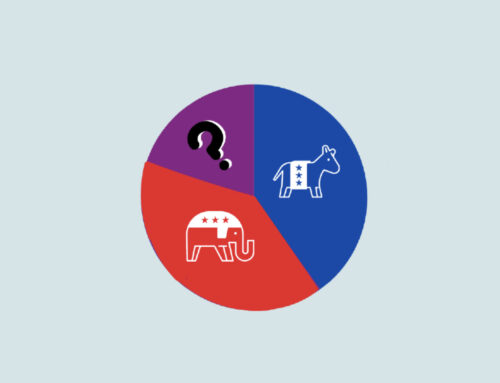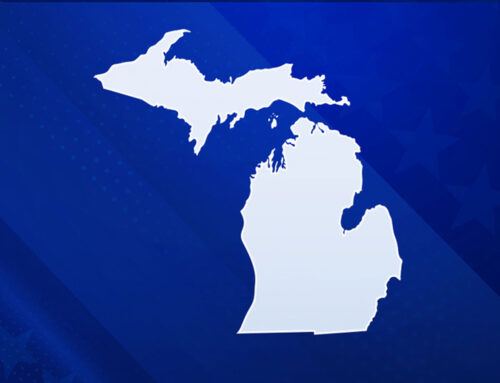As a dozen Democratic presidential candidates descend upon Westerville, Ohio, for this week’s debate, whether Ohio remains a true battleground state or whether its Republican-leaning trend will continue remains to be seen. Having voted for the Democratic nominee in four of the last ten elections, Ohio voters delivered Donald Trump the largest winning margin (eight points) in the state since the 1988 election.
While other traditional and emerging battleground states saw significant increases in the vote share of young voters, people of color, and women in the 2018 midterms, a TargetSmart analysis found that those demographics did not make major dents in the vote share of white and older voters in Ohio’s 2018 midterms. Keep in mind, we know who voted, but we don’t know how each individual voted.
Despite not making significant gains in Ohio in 2018, our analysis shows that Democrats still have a path to victory in the state if they can turn out Suburban and Urban voters who propelled them to victory in other states. Comparing the 2018 U.S. Ohio Senate race to the state’s gubernatorial election, Democratic Senator Sherrod Brown ran ahead of the Democratic gubernatorial nominee by roughly 136,000 votes in Suburban areas and another 68,000 in Urban areas. This combined with nearly 250,000 Suburban and 174,000 Urban registered voters who cast a ballot in 2012, but not in 2016 or 2018, means there are more than enough potential Democratic votes out there to turn Ohio blue in 2020.
Additionally, a new analysis of Ohio’s 2016 Democratic presidential primary reveals that the Democratic electorate is younger and more diverse than Ohio’s general electorate, suggesting that unless younger people and people of color turn out at higher rates in the general election, older and white voters will continue to dictate the state’s ultimate vote. African-Americans made up 10.5 percent of the 2016 primary (compared to 7.7 percent of the general); Hispanic voters made up 2.2 percent of the Democratic primary (compared to 0.4 percent of the general); women made up 57 percent of the Democratic primary (compared to 52 percent of the general election); and 18-29 year olds comprised 13 percent of the 2016 Democratic primary (compared to 12.9 percent of the general election).
The increased share of young voters was a defining feature of the 2018 midterm elections across the country, including Ohio, though not as marked as other states. Voters under the age of 40 in Ohio increased their vote share relative to 2014, with voters under 30 increasing their vote share by about four percent. Voters 40 and over accounted for less of the total vote share relative to 2014 by nearly eight percent, with the biggest drop coming from voters between the ages of 50 and 64.
Our analysis also finds that African-American, Hispanic, and Asian voters moderately increased their vote share relative to 2014, and white voters moderately decreased in their vote share compared to 2014. Black voters accounted for 7.2 percent of the ballots cast in 2018, an increase from 6.8 percent in 2014. White voters decreased their vote share, accounting for 90.4 percent of ballots cast in 2018, compared to 91.7 percent in 2014. Asian voters’ vote share in 2014 was 0.14 percent, compared to 0.32 percent in 2018; and Hispanic voters’ vote share in 2014 was 0.22 percent, compared to 0.32 percent in 2018.
The gender breakdown of vote share stayed relatively static between 2014, 2016, and 2018. Women accounted for 50.9 percent of votes cast in 2018, compared to 52.1 percent in 2016 and 51.5 percent in 2014. Men accounted for 45.9 percent of votes cast in 2018, compared to 45.6 percent in 2016 and 47.9 percent in 2014.
Finally, 208,668 people who had never voted before voted in Ohio in 2018. 55.4 percent of those new voters were under the age of 30, 86 percent were white, and first time voters’ vote share by gender lines was evenly split.








